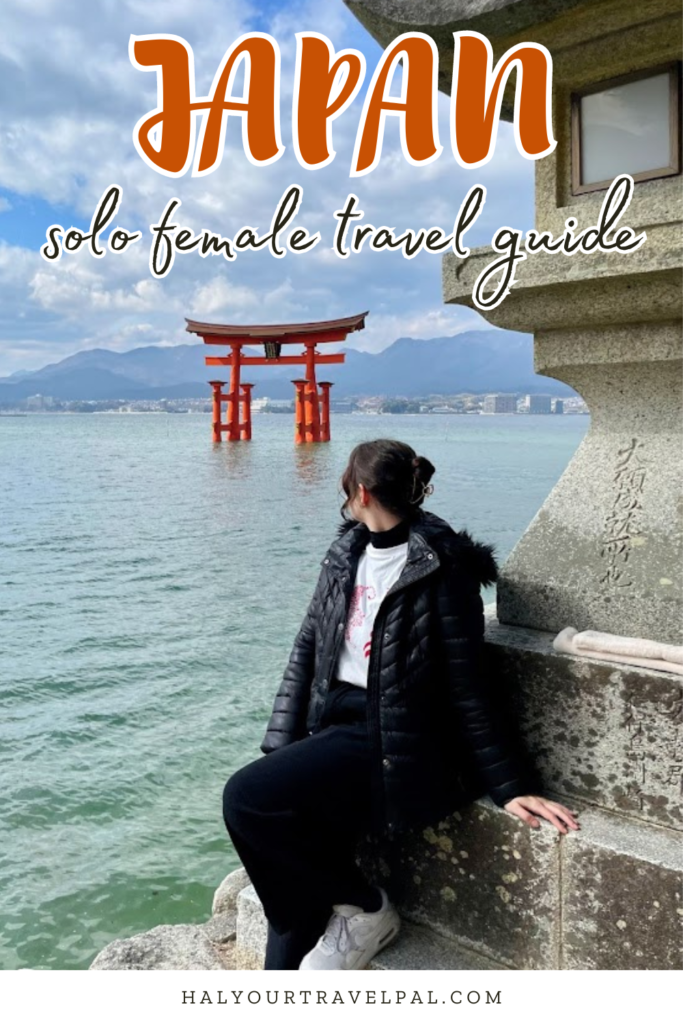
This post may contain affiliate links and I may earn a small commission when you click on the links at no additional cost to you. You can read my full privacy policy here.
Experiencing the beauty of Japan as a solo traveler is an amazing experience, with world-class sights, landscapes, nature, cities, and food. But for solo travelers, it’s not just about the sights but about feeling safe. Japan is a haven for solo travelers, known for its low crime rates and cultural respect for others. In this guide to solo travel in Japan, we’ll explore essential tips for staying safe and enjoying your solo adventure to the fullest. From the vibrant lights of Tokyo to the serene temples of Kyoto, discover tips, safety insights, and what to expect from one of the world’s best solo travel destinations.
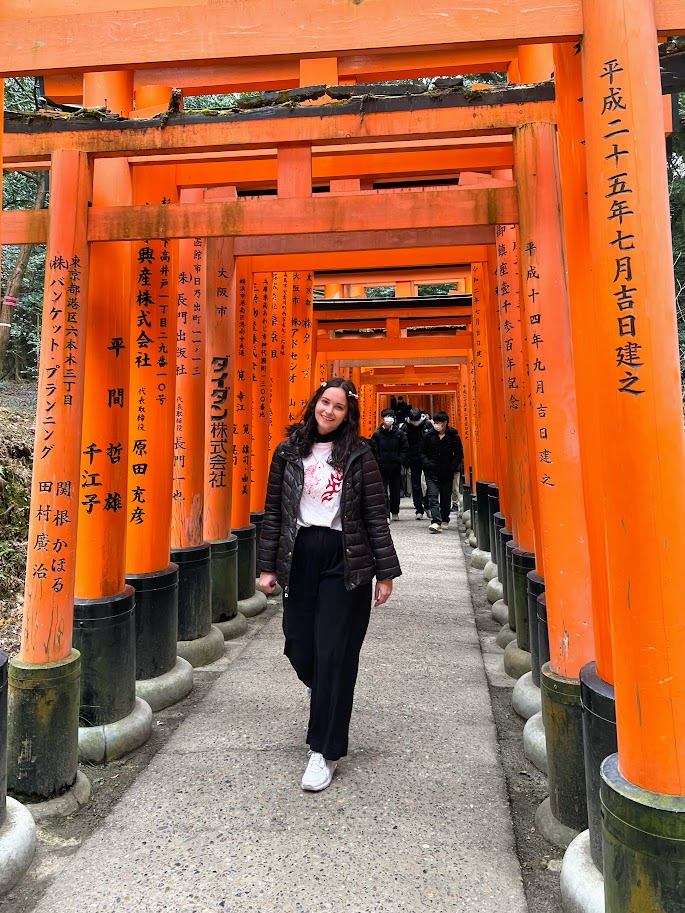

Solo travel in Japan: FAQs
Is Japan a good place for solo travelers?
Absolutely. Japan is a great place for solo travelers, including women. The country has a reputation for being incredibly safe, with low crime rates and a culture that places a strong emphasis on respect and hospitality. Whether you’re navigating bustling cities or serene rural areas, you’ll find the locals to be polite, helpful, and respectful. Japan’s efficient public transportation, clean streets, and well-maintained public spaces also add to the overall sense of ease. While you should always take general safety precautions, solo travelers (including females!) usually feel comfortable and welcomed in Japan, making it an ideal destination for those exploring on their own.
Tokyo is one of my top picks for the best places to solo female travel in Asia!
When to travel to Japan as a solo traveler?
I would argue that there isn’t a bad time to visit Japan, but spring and fall are usually considered the best times to go. Spring brings the famous sakura (cherry blossoms), while fall paints the city with colorful leaves. Not only do these seasons bring beautiful landscapes, but the weather is comfortable and mild. I also wouldn’t write off visiting in the winter, which I personally love because of the fewer crowds and low costs without the temperatures dropping uncomfortably. Be wary of visiting in the summer, when the heat, humidity, and rain make outside adventures uncomfortable.
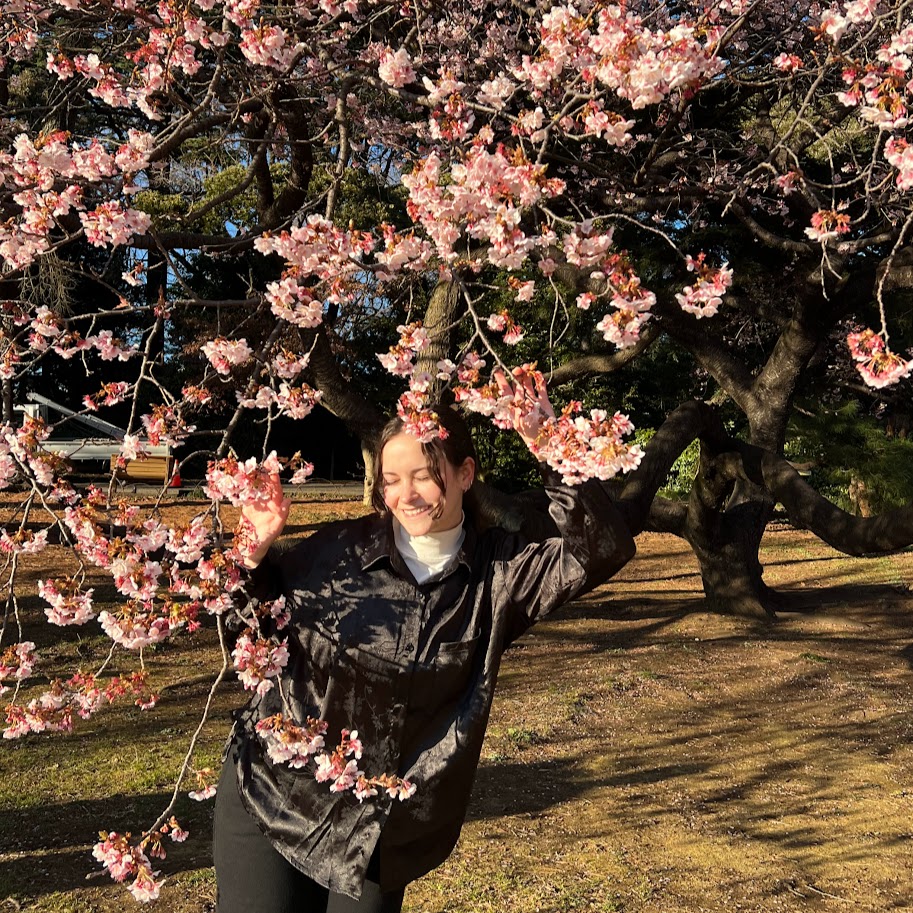
Where to go in Japan as a solo traveler?
Some top areas in Japan that will appeal to solo travelers are:
- Tokyo (full itinerary and travel guide here!)
- Hakone
- Kamakura
- Nikko
- Kyoto
- Osaka
- Nara
- Himeji
- Hiroshima
- Miyajima

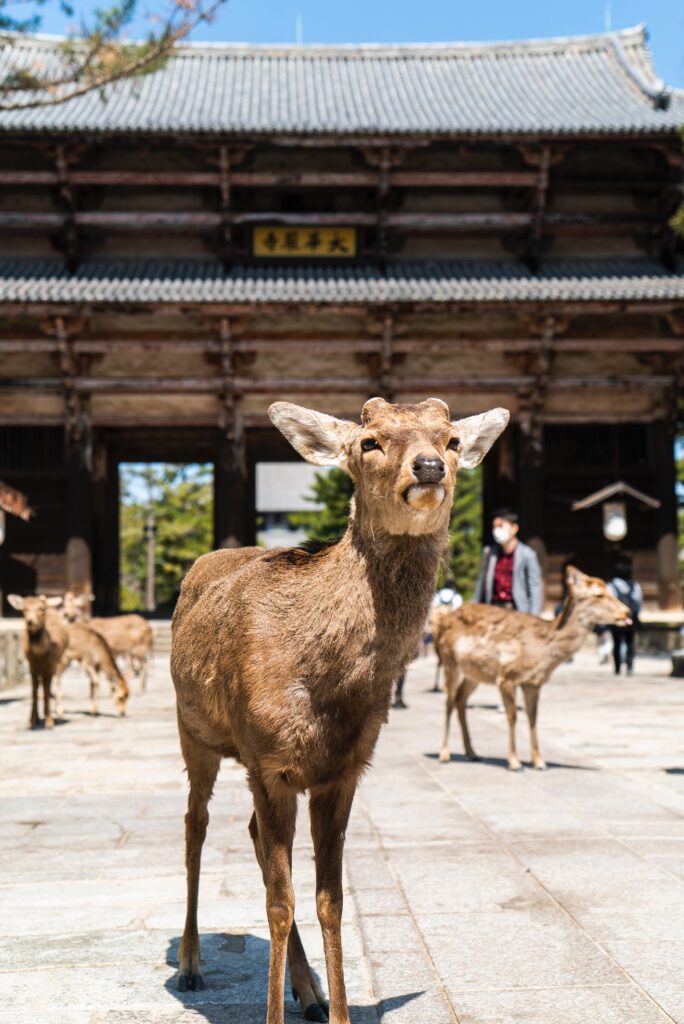

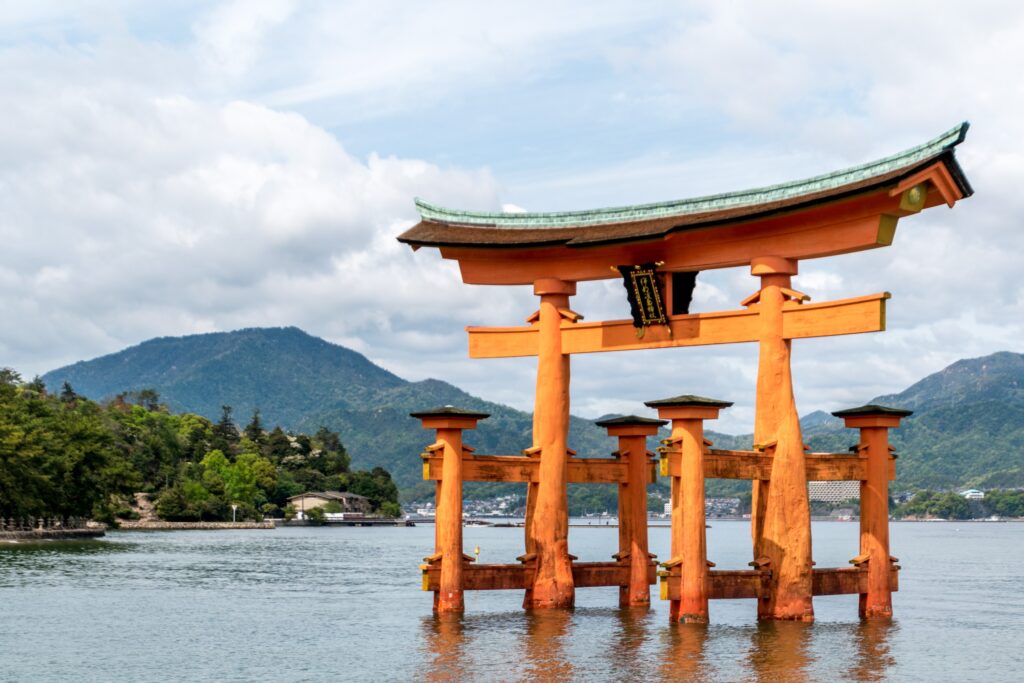

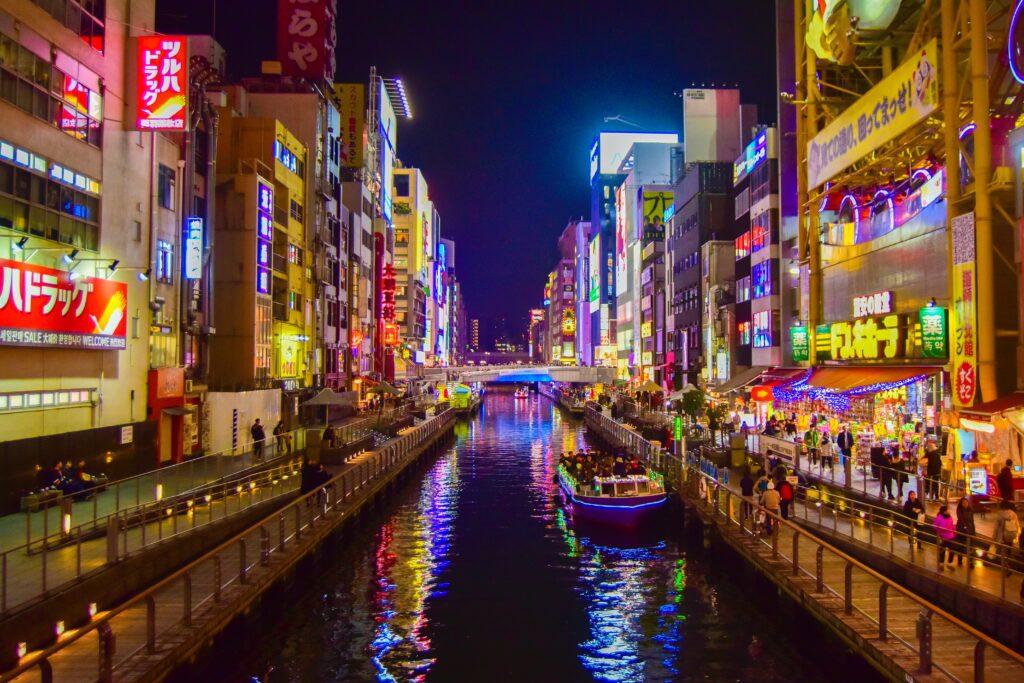
For a 2-week itinerary including stops at all of these top locations and more, check out my ultimate Japan travel guide & 2-week itinerary.
How to get around Japan as a solo traveler?
Japan has a fantastic public transportation system. I exclusively use public transportation when I solo travel in Japan. Local trains and buses are also easy to use, with Google Maps providing all the information you need to know. To pay for local transportation, you can easily add a Suica or Pasmo card to your Apple or Samsung Wallet.
The JR Pass can be a great option if you’ll be traveling extensively outside of Tokyo, as you pay a flat fee and then get unlimited rides on the Shinkansen (bullet train) along with some local train routes in the cities. However, the price of JR Passes recently went up, so it’s not always worth the investment. This JR Fare Calculator will show you whether the pass or individual tickets are a better purchase.
You can conveniently order JR passes for any region and length of time here. Order in advance because you can’t buy a JR Pass once you’re in Japan.
If you’re traveling in Tokyo for 1 to 3 days, you can save money on riding the Tokyo subway with this discounted unlimited rides pass.
How to meet people in Japan as a solo traveler?
Joining organized excursions or a group tour is a great way to make friends while also not having to worry about your transportation and itinerary. Organized excursions are day trips that cover the top sights and attractions in the area, while group tours span many days and areas and also take care of your accommodations. Both are easy ways to meet fellow travelers to enjoy the journey with.
If you’re planning your own accommodation, hostels are the best places to stay to meet new people. By sharing a dorm room with other travelers, you have more opportunities to make friends to explore with. Many hostels also organize group activities, such as excursions, dinners, local experiences, and parties. However, not all hostels are created equal when it comes to socializing. Some hostels have a quiet, relaxed vibe, while some have a more social vibe. Most hostels in Japan are less social, with travelers keeping to themselves. It’s important to read hostel reviews to find a vibe that’s a good fit for you.
My favorite website for booking hostels is Hostelworld. Hostelworld has the best choice of hostels around the world for social travel, with thousands of reviews that will help you find the best fit for you. Book your Japan hostels here.
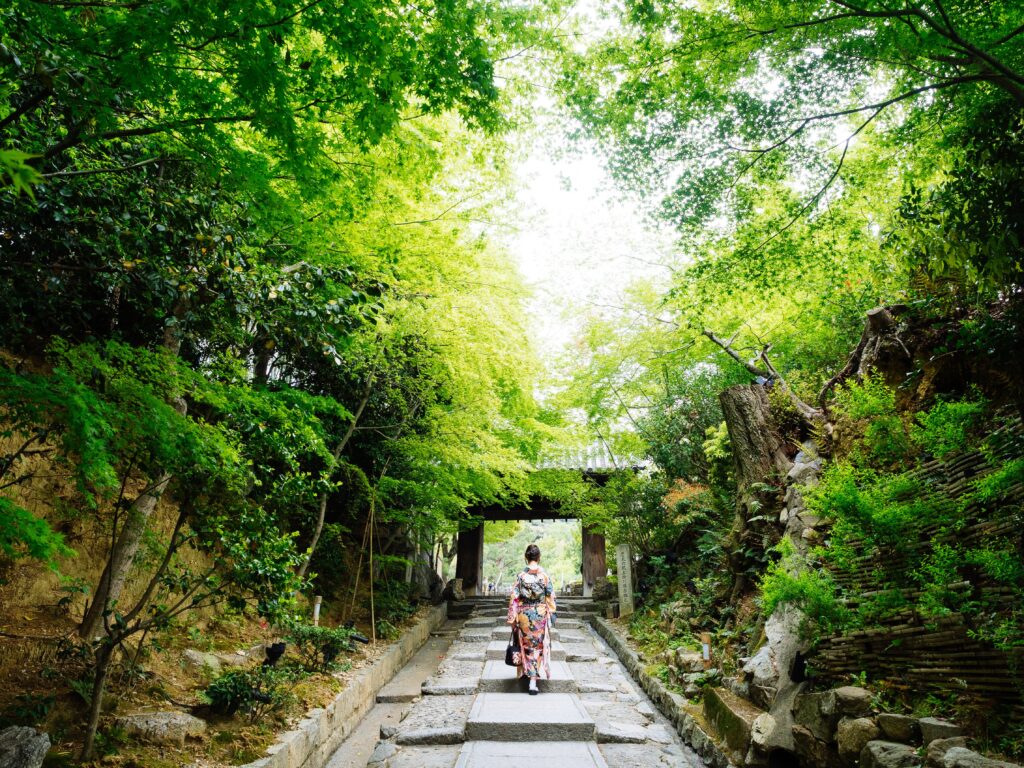
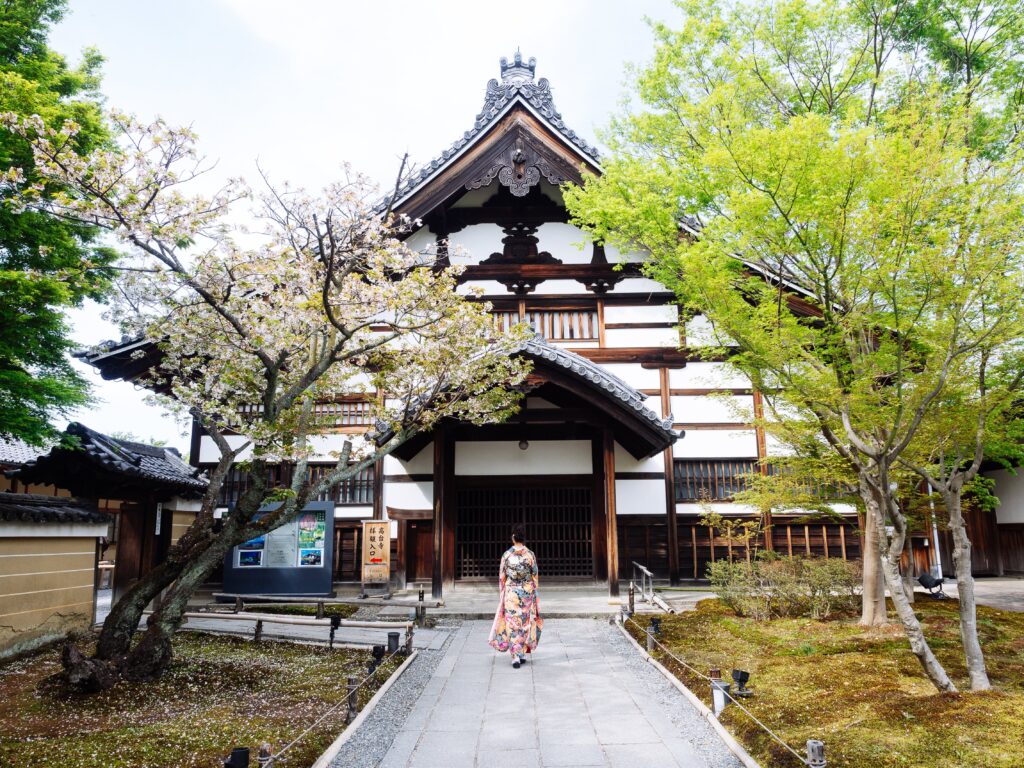
How to book the best hostels and hotels in Japan?
Hostelworld is consistently the best hostel booking platform worldwide, and Japan is no exception. There are millions of accurate reviews from fellow solo travelers, so you can find the hostels that best match your vibe. Book your Japan hostels on Hostelworld today:
Sometimes you need some alone time or just want to indulge in a private room as a solo traveler. When you need to find great hotels in Japan, the best booking platform is Agoda. It’s owned by the same company as Booking.com but is based in Asia, making it great for finding any hotels you need. Book your Japan hotels on Agoda today:
How to book the best activities and excursions in Japan?
Group activities and excursions are one of the best ways to meet other travelers on a solo trip.
The best activity and excursion booking platforms for Japan are Klook and GetYourGuide. Both websites have thousands of trustworthy travel experiences with verified user reviews. I use Klook and GetYourGuide to book almost all my excursions in Asia.
Solo travel in Japan: Safety
Japan is one of the safest countries in the world for solo travelers, including women. The low crime rates and cultural respect contribute to its reputation as a safe destination. It’s also easy to navigate on your own, with efficient public transportation. Japanese locals are known for their helpfulness, so you can always ask for help if you find yourself confused. While it’s always essential to practice general safety precautions, like anywhere in the world, solo travelers in Japan often find the country to be safe and comfortable.
Solo travel in Japan: Tips
Understand the cultural expectations
It’s always important to educate yourself on the cultural expectations in any country you’re visiting. In Japan, there are a few unique cultural practices that are good to know for keeping a low profile and avoiding insulting locals. These include:
- Speak quietly in public, especially on public transportation
- Remove your shoes when entering certain spaces, such as someone’s home, traditional accommodations (ryokans), and temples
- Bowing is a common form of greeting
- Some places, such as hot springs (onsens), might have policies against tattoos
- Don’t stick chopsticks upright into a bowl of rice or pass food directly from one set of chopsticks to another, as this is associated with funerals
- Dress modestly, especially when visiting religious sites
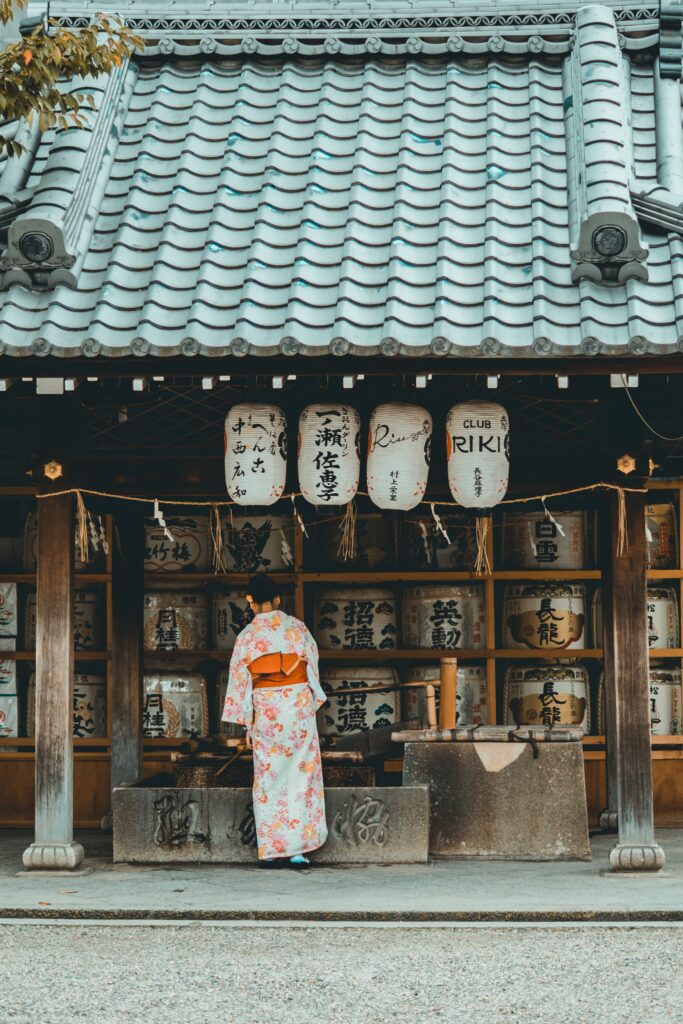
Planning a solo trip to Japan? I’ve been there
Japan is one of the safest countries in the world, but it can still feel overwhelming to navigate solo. As a travel advisor specializing in solo travel & Asian destinations, I help women plan Japan trips that are personalized, supported, and empowering.
Let’s plan your solo Japan adventure together.
Learn a few basic Japanese phrases
While many people in urban areas and popular tourist destinations may speak English, it’s estimated that only 20–30% of people in Japan speak some form of English. Learning a few key phrases is not only incredibly helpful but shows respect for the local culture. Here are some useful Japanese phrases for travelers:
- Hello: こんにちは (Konnichiwa)
- Thank you: ありがとうございます (Arigatou gozaimasu)
- Yes: はい (Hai)
- Excuse me/I’m sorry: すみません (Sumimasen)
- Where is …?: … はどこですか? (… wa doko desu ka?)
- To order food: [insert food name] ください” (Kudasai)
- How much is this?: これはいくらですか? (Kore wa ikura desu ka?)
- Do you speak English?: 英語を話せますか? (Eigo o hanasemasu ka?)
Make sure to have a good Japanese translation app downloaded on your phone to bridge the gap when these phrases aren’t enough. Google Translate does a decent job.
Take out plenty of cash
While credit cards are widely accepted in urban areas and major establishments, there are still many places, especially in rural or traditional areas, where cash is the preferred and sometimes the only form of payment. Additionally, cash is useful for smaller businesses, street vendors, and public transportation.
Major banks, post offices, and convenience stores usually have ATMs that accept foreign cards. I recommend using 7/11 ATMs as they are known to have low foreign withdrawal fees.

Stay at a social hostel, but they may be harder to find
One of the best ways to stay safe as a solo traveler is to make friends who you can explore with and look out for each other. Not only is this great for your safety, but it makes the journey more fun to experience it with new friends! However, hostels in Japan aren’t as social as some other destinations in Asia. Many travelers keep to themselves, even in hostels, so it can be harder to meet people than you’re used to. Don’t let this discourage you, though, as hostels are still a great way to meet people. You’ll just have to put yourself out there more than hostels in super social backpacking countries in Asia (like Thailand and Vietnam).
Especially in Japan, not all hostels are created equal when it comes to making friends. Some hostels attract travelers who want to keep to themselves, while some attract those who want to socialize. Make sure to thoroughly research hostels and read reviews to find a vibe that’s a good fit for you.
You can find over 300 hostels all across Japan with thousands of reviews on Hostelworld, the best place to find and book a social hostel. Book your best-fit Japan hostels here!
Join organized excursions
Organized day trips and excursions are an easy and safe way to explore Japan’s highlights with the help of a tour guide and the company of other travelers. There are so many tours to choose from all across Japan, so you can easily find tours that will take you to your top choice destinations. You’ll have the guidance of a local, organized transportation, a pre-planned itinerary to the best spots, and the chance to mingle with other travelers.
Find the best organized day trips and excursions for your Japan trip on Klook, where you can conveniently book ahead for a competitive price.
Join a group tour
Like the sound of an organized tour that takes care of your entire itinerary, including top attractions, transportation, and hotels? Joining a multi-day group tour is the easiest way to discover a new country while making friends and having the guidance of a local. It relieves the burden of having to plan every aspect of your own adventure. It’s also the easiest way to make friends while traveling because the same group of travelers stay together for long periods of time. This is a great way to travel solo but have company and the logistics taken care of along the way.
Some of the best tour companies for young adult travel in Japan are TruTravels, Intro Travel, and G Adventures.
Solo travel in Japan: What to expect
It’s a great destination for both first-time and experienced solo travelers
Japan is a great place to start or continue your solo travel journey. Whether it’s your first or hundredth country, both new and experienced solo travelers will have an easy and memorable time. Because it’s such a common destination for solo travelers, the travel infrastructure is set up in your favor. If it’s your first time solo traveling, Japan is about as easy as it gets in Asia (minus the social aspect). If you’re experienced, you’ll find Japan to be one of the easier countries to solo travel in.
It’s easy to dine alone
Luckily for solo travelers, solo dining is widely accepted in Japan. Many restaurants and eateries accommodate solo travelers, making it comfortable and affordable to enjoy meals alone. Some restaurants even have designated one-person tables or booths.
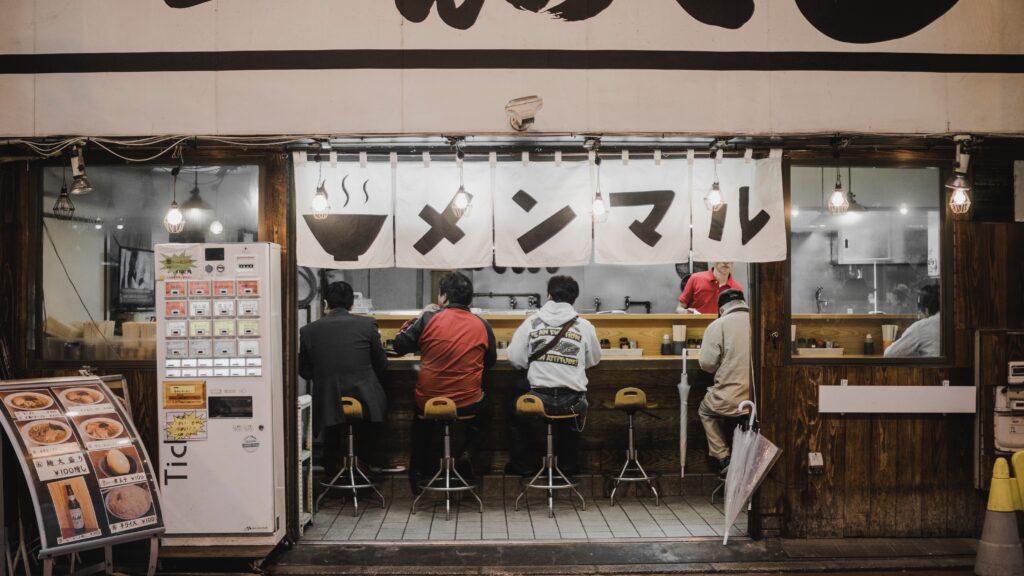
Everything is clean and orderly
Public spaces, streets, and transportation systems in Japan are known to be clean, reflecting how Japan takes public order seriously. Public toilets are not only widespread but are also frequently cleaned and maintained. The orderliness extends to public transport, where passengers line up in organized queues and keep their volume down.
Public transportation is fantastic
Japan’s public transportation system includes a network of trains, subways, buses, and even ferries. Renowned for its punctuality, cleanliness, and safety, the system is a convenient and relatively affordable way to explore the country. Major cities have extensive subway and bus networks, while iconic Shinkansen (bullet trains) connect between cities. With real-time apps and English assistance, navigating Japan’s public transport is easy for solo travelers.
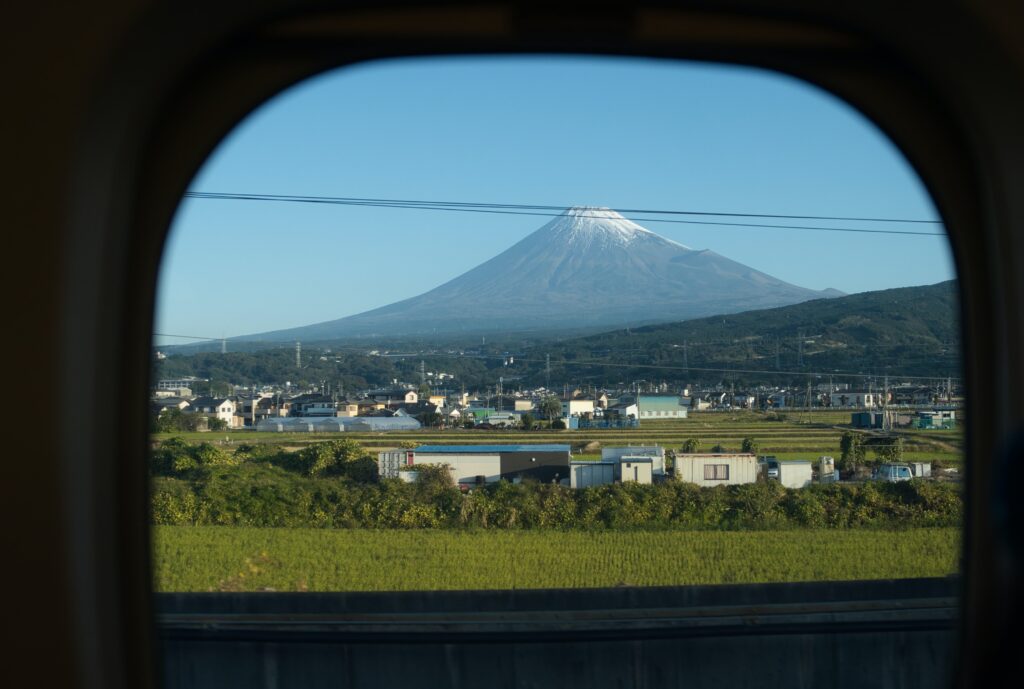
The locals are friendly and hospitable
Tourists in Japan often encounter very friendly locals who are willing to help. While language barriers may exist, the Japanese people go out of their way to assist visitors. Politeness and respect are taken seriously in Japanese culture, and this extends to tourists as well. Locals are patient with foreigners attempting to navigate their customs, and many are willing to offer directions or recommendations.
It’s not as budget-friendly as other destinations in Asia
While traveling to Japan doesn’t have to break the bank, it’s not as budget-friendly as many other destinations in Asia. To give you an idea, hostels typically charge between 2000 and 4500 yen ($14-32 USD) per person per night, a subway ride in Tokyo averages 250 yen ($1.75 USD), and the average cost of meals is 4000 yen ($28 USD) per day. Perhaps one of the largest expenses is a ride on the Shinkansen (bullet train), which will cost you from 800 yen ($6 USD) for short distances to around 11,000 yen ($78 USD) for long distances. With proper planning and budgeting, like staying in hostels and eating at budget restaurants, solo travelers can travel without breaking the bank.


Japan’s appeal to solo travelers is not limited to just its amazing sights and unique experiences, but also its safety. From the neon-lit streets of the city to the tranquility of ancient shrines, Japan’s spot as one of the best countries for solo travelers is clear. We hope our guide to solo travel in Japan has prepared you to confidently embrace this amazing adventure!
Keep reading:
- 2 week Japan itinerary and travel guide
- Tokyo Itinerary: 3-5 days for first-time visitors
- The survival guide to being vegetarian (& vegan) in Japan
- Best places to solo travel in Asia as a woman
- South Korea Solo Travel Guide: Safety, tips, & what to expect
- Solo female travel in the Philippines: Safety, tips, & what to expect
- Solo travel in Singapore: Safety, tips, & what to expect
- Solo female travel in Thailand: Safety, tips, & what to expect
- The hard truth about solo travel in Australia




Leave a Reply